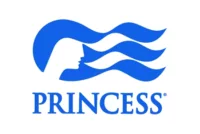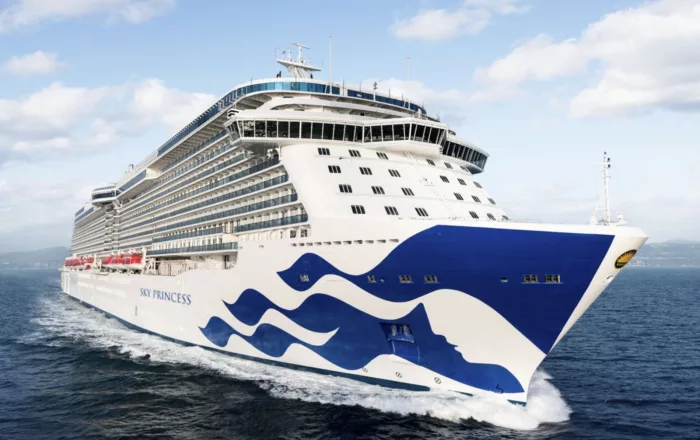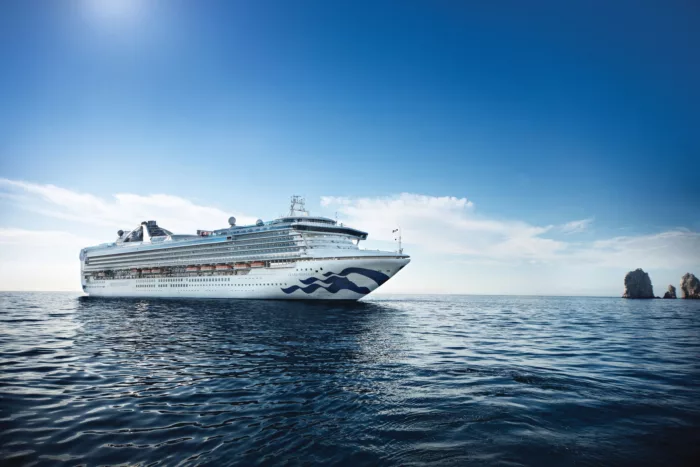
Princess Cruises
No matter what you love, you’ll find it on a cruise with Princess, the original Love Boat®. Award-winning food, awe-inspiring adventures in port and entertainment that wows. The line’s friendly crew and luxurious staterooms make you feel at home and always welcome.
2000
Passengers
895
Crew
2003
Launched
2019
Last refit
91627t
Tonnage
294.1m
Length
37.2m
Width
22kts
Speed
16
Decks
USD
Currency
Cruise Itinerary
Ship Details


Princess Cruises
Coral Princess
Signature touches on voyages of discovery to fascinating destinations
Coral Princess, with more than 700 balcony staterooms, was custom built to navigate the historic Panama Canal.
Cabins
All Prices















